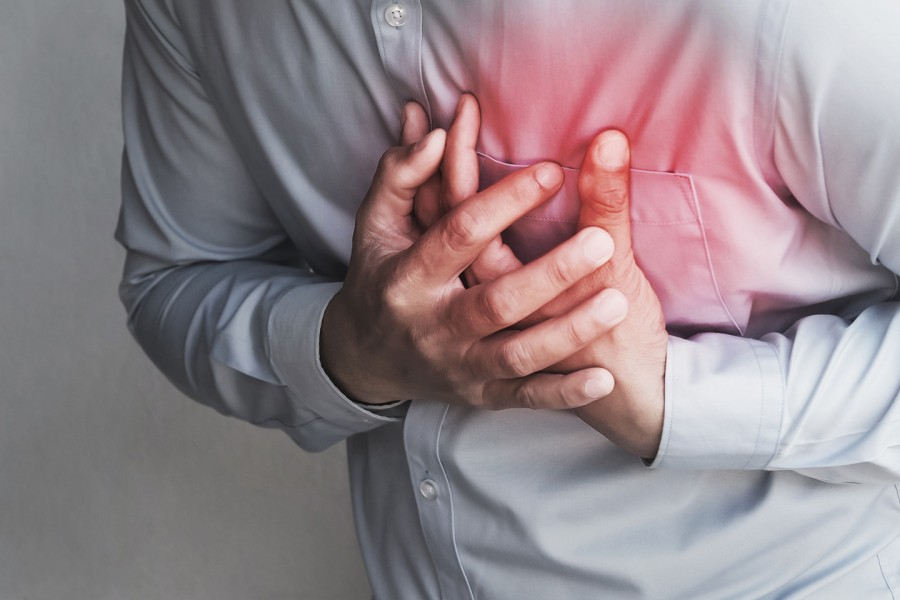News and Article
Recognize Heart Attack

Heart attack symptoms generally begin with chest discomfort in the form of a sense of pressure or heaviness in the chest area and can be accompanied by pain in the area and can spread to the left arm, neck, jaw, the area between the two shoulders blades and even the solar plexus.
These symptoms can disappear or persist until more than 20 minutes and are often accompanied by accompanying complaints such as cold sweat (excessive amounts of sweating without any meaningful physical activity) nausea / vomiting, abdominal pain, shortness of breath, and temporary loss of consciousness / fainting.
If you or anyone experiencing symptoms as mentioned above, even though it seems to you only mild, it is better without throwing away time, immediately go or be taken to the nearest emergency department / emergency hospital to determine whether this is the beginning of coronary heart disease or the beginning of a heart attack or even already in a heart attack.
This situation (heart attack) requires medical treatment as soon as possible.
It is better to prevent than treat by:
- Regularly check your health and blood pressure to the doctor and follow doctor’s instructions.
- Implement a Healthy Lifestyle.
- Eat healthy foods with adequate portions.
- Positive thinking.
- Maintain ideal body weight.
- Exercise regularly.
- Actively move.
- Get enough sleep.
- Reduce salt and sugar.
- Stop smoking.
- Stop alcohol.
This paper cannot replace the role or advice of health workers. All the decisions you make must be discussed with your healthcare provider, regarding your specific medical needs.
Writer: Alex Pattinasarany
Reference:
- About heart Attack, Heart Foundation,2020,2020, heartfoundation.org.nz/your-heart/heart-conditions/about-heart-attacks
- Heart Attack, National Heart lung and Blood Institute (NIH), 2020, 2020, www.nhlbi.nih.gov/health-topics/heart-attack
- Heart Attack-NHS-2019, 2020, www.nhs.uk/conditions/heart-attack/
